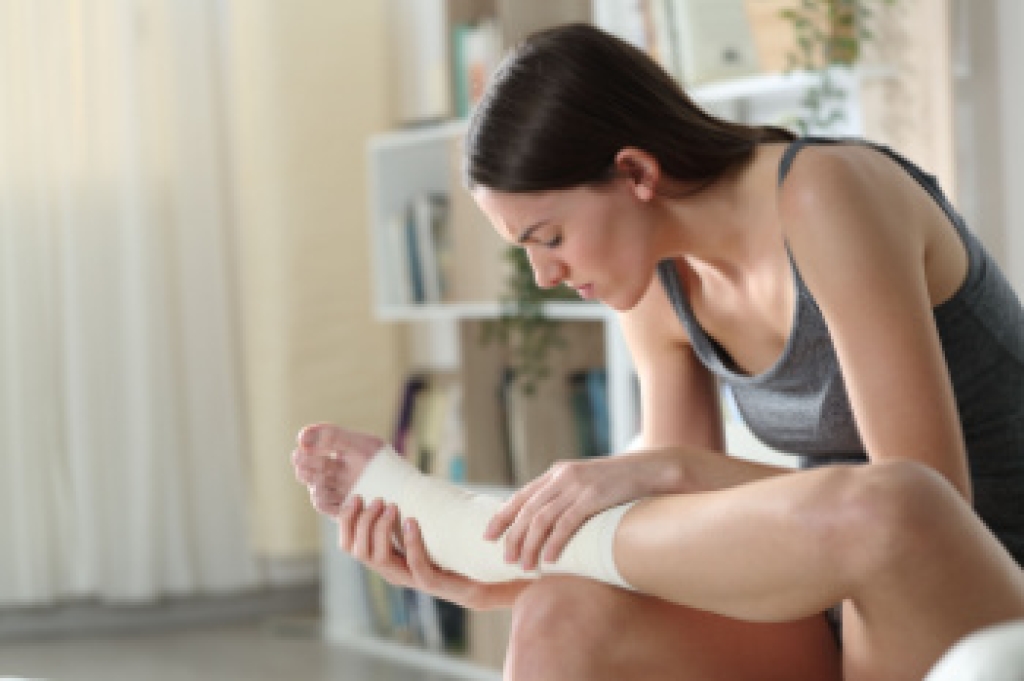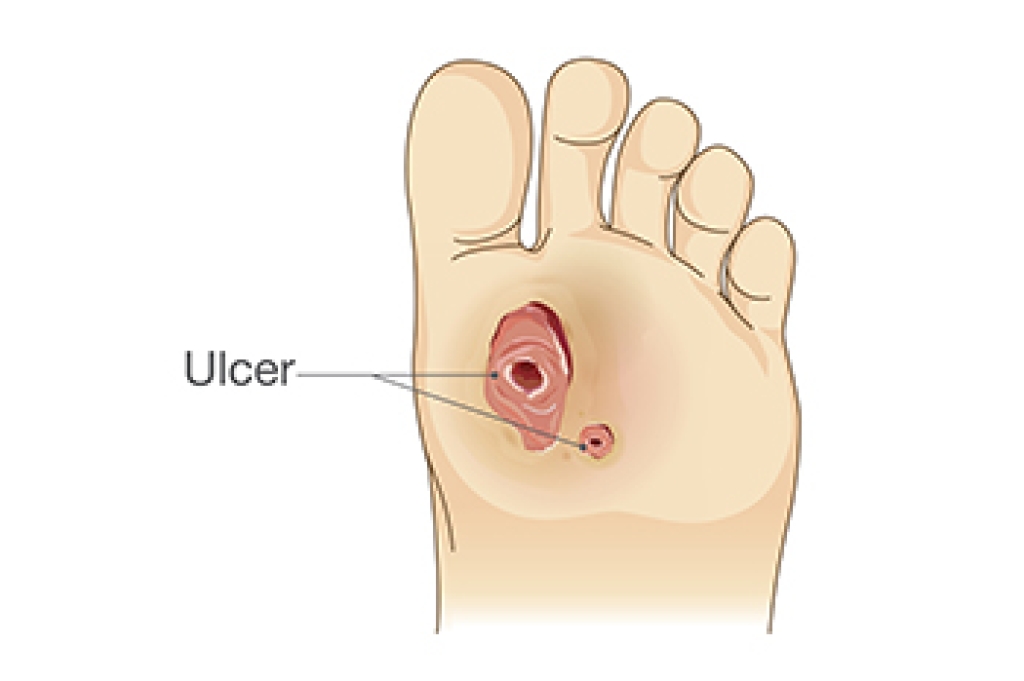
Selecting the right trail running shoes is vital for men to enhance their performance and ensure comfort on rugged terrains. One key feature to consider is the presence of large lugs on the outsole, which provide added traction on various surfaces. This helps prevent slips and falls during challenging runs. Additionally, a rock plate in the midsole is essential for protecting the feet from sharp stones and uneven ground, allowing for a more comfortable and confident run. Furthermore, EVA foam in the midsole offers excellent cushioning and shock absorption, helping to reduce fatigue over longer distances. Together, these features create a balanced shoe that supports the foot while providing the necessary protection and comfort needed for trail running adventures. Specific shoes are needed for trail running. If you have endured a foot injury from wearing incorrect shoes for this type of running, it is suggested that you consult a podiatrist. This type of doctor can treat various foot conditions, and guide you on appropriate shoe choices for trail running.
If you are a runner, wearing the right running shoe is essential. For more information, contact Katie Besselman, DPM from Advanced Podiatry. Our doctor can provide the care you need to keep you pain-free and on your feet.
Choosing the Right Running Shoe for Your Foot Type
To increase performance and avoid the risk of injury, it is important to choose the right running shoe based on your foot type. The general design of running shoes revolves around pronation, which is how the ankle rolls from outside to inside when the foot strikes the ground.
- Neutral runners are able to choose from a wide variety of shoes, including minimalist shoes or even going barefoot.
- Runners who overpronate, or experience an over-abundance of ankle rolling, should choose shoes that provide extra motion control and stability.
- Runners who underpronate, or supinate, have feet that have high arches and lack flexibility, preventing shock absorption. They require shoes with more flexibility and cushion.
If you have any questions, please feel free to contact our office located in Saint Peters, MO . We offer the newest diagnostic and treatment technologies for all your foot care needs.







